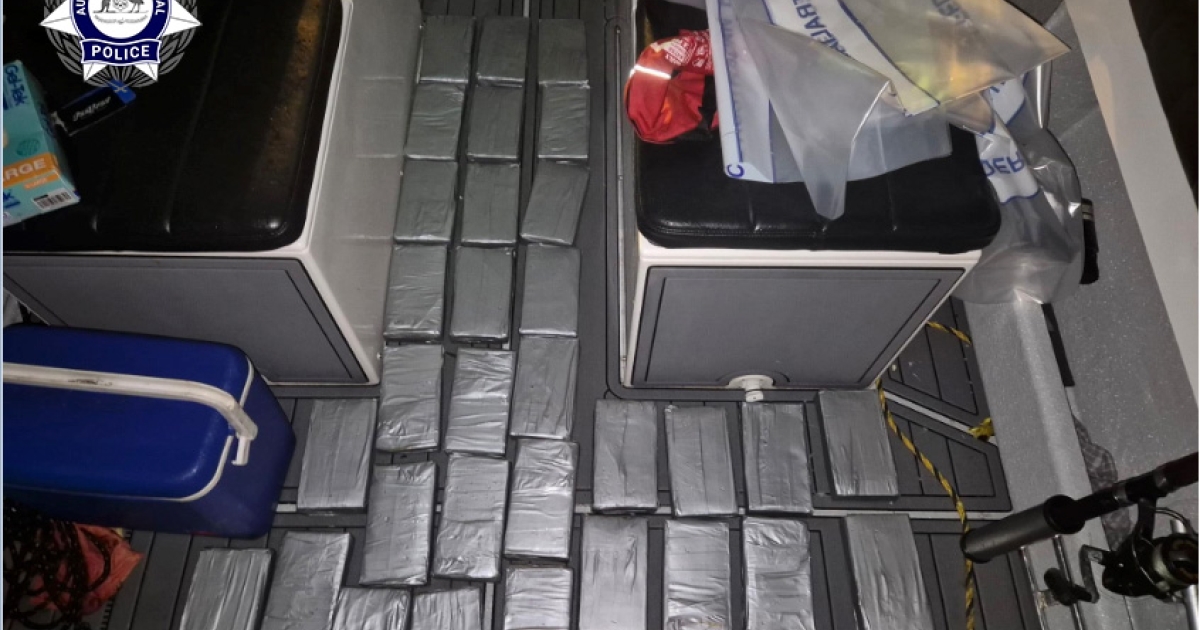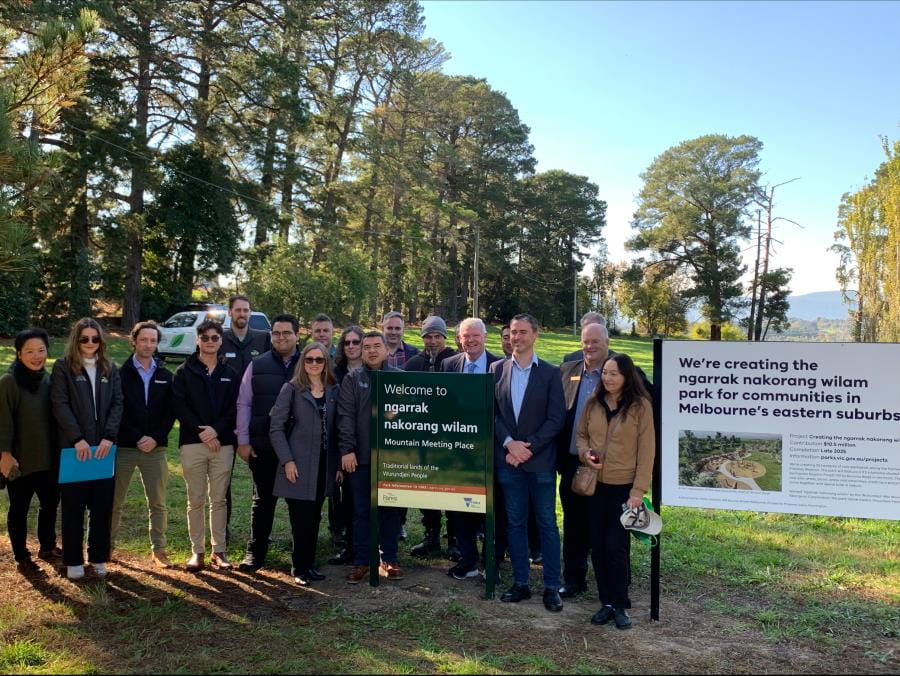World Patient Safety Day’s slogan “Elevate the Voice of Patients” links well with Manatū Hauora | Ministry of Health’s priority of putting the patient voice at the heart of the system.
The World Health Organization (WHO)-driven day – this year on Sunday September 17 – is dedicated to the theme ”Engaging Patients for Patient Safety”, with the slogan of “Elevate the Voice of Patients”.
Manatū Hauora acting Chief Medical Officer Dr Kate Scott said the patient voice was a strong theme throughout the recently launched Pae Ora | Healthy Futures – six strategies which set out our health service priorities and system improvements for the next five-10 years. This includes the New Zealand Health Strategy. Two key components of the strategies are:
- Voice at the heart of the system: Giving people, whānau and communities greater control and influence over decisions about their health and the design of services, and embedding their voices in how the system plans, delivers and reports on care.
- Flexible, appropriate care: Developing services that adapt to people’s health needs and expectations, that are focused on preventing ill health and delivered closer to our homes and communities, supporting access for all.
World Patient Safety Day aims to influence stakeholders, be they patients, families, policy makers, health care leaders, health workers or patient organisations, to work collaboratively towards co-designing health care policies and safety interventions that truly reflect the needs and preferences of patients. This, in turn, ultimately enhances healthcare safety globally.
Kate says Aotearoa New Zealand elevates the voice of patients and their whanau through the recently implemented Code of Consumer Expectations. Led by Te Tāhū Hauora|Health Quality and Safety Commission, the Code of Consumer Expectations was developed in partnership with patients and whānau. It sets the expectations for how health entities must work with consumers, whānau and communities in the planning, design, delivery and evaluation of health services.
“Through the recent engagement process for the development of the Pae Ora strategies we had various mechanisms for listening to patients. The feedback that we gathered through this process ensured that the strategies were developed with input from patients and ultimately aimed to be aligned to what patients need,” she says.
“We are continually improving how we listen and respond to make sure patients are at the heart of our strategies and policies, as we know that this really makes a difference to achieve improved safety across the system.”
Another example of how we are working to Elevate the Voice of Patients is the mahi that our Mental Health and Addiction team do at Manatū Hauora. Throughout He Ara Oranga, the report of the Government inquiry into mental health and addiction, people with personal experiences and their whānau were recognised as holding critical knowledge as experts, leaders and advocates, as well as service providers and users. It called for increasing involvement from them.
The team’s role is to support Manatū Hauora to understand the lived experience of people whose lives are affected by the decisions made. The team creates relationships that enable Manatū Hauora to incorporate the knowledge, wisdom and expertise developed through peoples’ experiences into all aspects of the mental health and addiction system – from policy and legislation through to service design and delivery.
They are building and expanding the Lived Experience Knowledge Network to help share knowledge and wisdom between Manatū Hauora and the people whose lives might be affected by the policies and services we develop.
World Patient Safety Day is one of WHO’s global public health days. It was established in 2019 by the 72nd World Health Assembly through the adoption of resolution WHA72.6 – “Global action on patient safety”. Its objectives are to increase public awareness and engagement, enhance global understanding, and work towards global solidarity and action by Member States to enhance patient safety and reduce patient harm.








